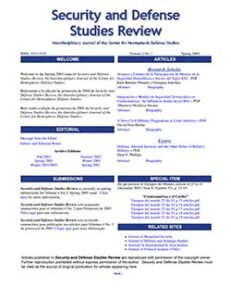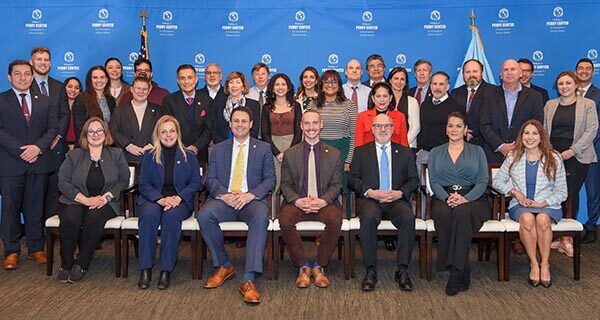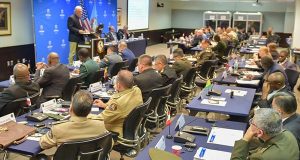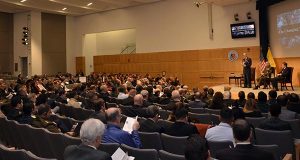The paper reviews the challenges of achieving a hemispheric-level consensus regarding security and defense. The authors detect two main difficulties: (a) the importance awarded by the different countries to their national security as a priority, and (b) the preeminence of the global security designs. In 2002 and 2003, the OAS discussed the notion of "Hemispheric Security." The 34 countries forming the organization drafted the "Declaration of Security in the Americas" as a result of Mexico's conference on October 27-28, 2003. Two notions of security were discussed during the negotiations: one of them mostly related to social, economic and governability problems, supported by many Caribbean and Latin American governments, called "multidimensional security;" and the other notion confined to issues such a cooperation against terrorism, drug trafficking, organized crime and the so-called "emerging threats," supported mainly by the United States. In addition, countries such as Canada have developed notions such as "human security." These problems result in a complex security and defense agenda, or a North-South agenda: the North worried about the new threats led by terrorism and the South concerned about development problems. Finally, the article reviews Mexico's contradictory position, trying to state its foreign policy principles in the hemispheric security debate, while being part of North America, and therefore, a neighbor of the United States.










